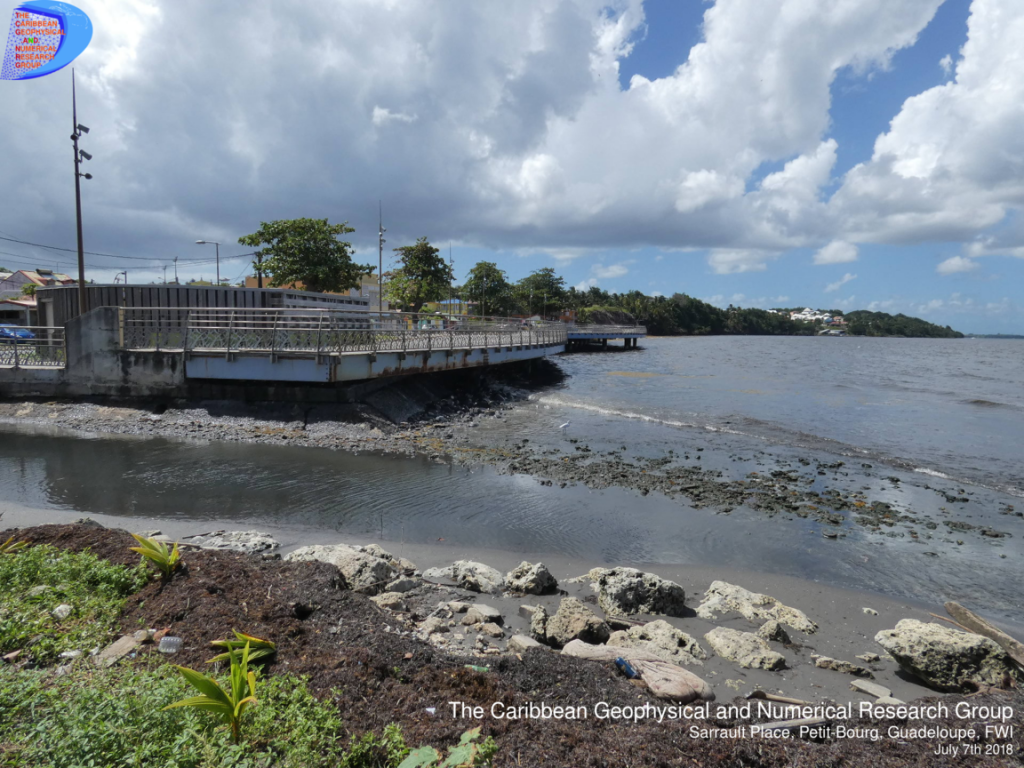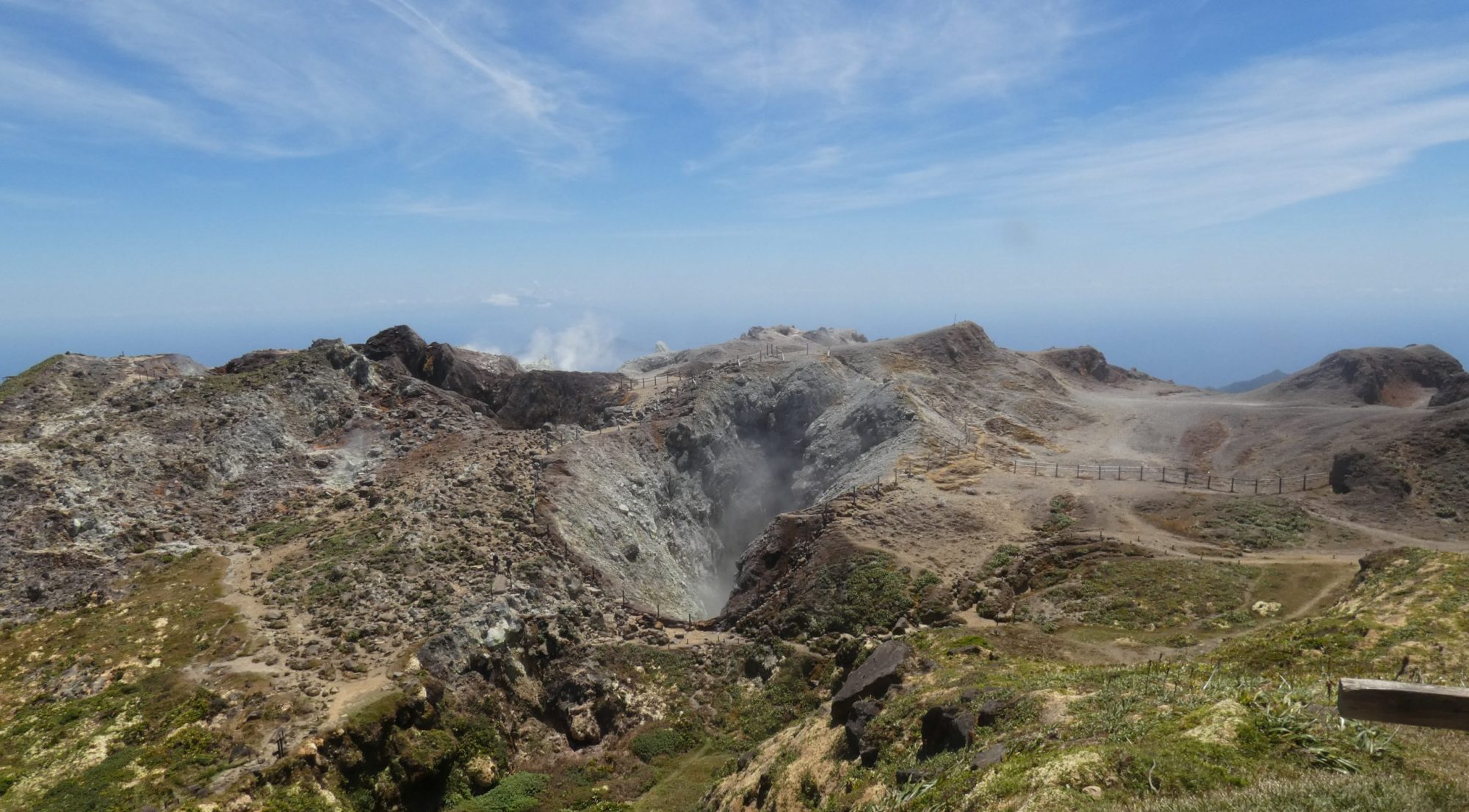
In Guadeloupe, for several months, see years, many treatment plants (micro, small or large) are dysfunctional or broken down. They are stopped or only work a few days a month. Wastewater (i.e., sewer, rainwater) is rejected without treatment at the coast. These discharges can cause pollution , threshold violation can occur for several days.
Coastal waters represent amounts of shallow water that can dilute physical pollution (temperature, particles), chemical (detergent, antibiotic) and biological (organic matter, bacteria) using sea currents and waves motion. The lack of high tides in the Lesser Antilles limits the ability of coastal areas to buffers discards.
Pollution causes a decrease in amount of dissolved oxygen with eutrophication, especially during warm periods (February-August). Without oxygen fish and seagrass die asphyxiated and organic matter that is to say, leaves, dead wood, algae, faecal matter will decompose following anaerobic pathways producing gases such as methane ( CH4), ammonia (NH3), hydrogen sulphide (H2S) or mercaptan with effects on human health and environment.
Methane is a greenhouse gas 25 times more stable than carbon dioxide (CO2) and hydrogen sulphide causes respiratory and sensory disorders (loss of smell) or death in case of high exposure. Probable deaths are reported for concentrations greater than 500 ppm for an exposure of few minutes or heart problems with a daily exposure of around 0.05 ppm.

The case of the station of Sarrault Place at down-town Petit-Bourg (see map) is worrying because its failure is associated with sargassum arrivals, presence of effluents from a second waste water treatment plant malfunctioning (from Ravine Onze Heure), presence of mangrove areas concentrating organic matter and presence of many seagrass beds that lose their leaves with each big swell.
At Petit-Bourg down town , effects of the wastewater treatment plant are mainly olfactory with the smell of wastewater associated with the accelerated decomposition of sargassum blocked and shredded by waves on the coast, in shallow areas.

Sarrault Waste water treatment Plant
Gas rates such as ammonia and hydrogen sulphide are fluctuating due to instability of the wind at the coast and seawater and effluent temperatures. They often exceed the limits used by labour law to define safe spaces.
Other effects are related to water quality and the presence of bacteria and toxins. Sargassum raft are autonomous ecosystems around which many species of fish proliferate attracting amateur fishermen directly into the effluent plume. The method of cooking fish in the West Indies generally at high temperature (i.e., frying, grilling, broth) limits the risk of intoxication but does not cancel it.
It is to be hoped that measures will be taken to maintain essential environmental equipment and to ensure public health. Or at least inform the people, about risks and behaviours to hold and if needs ban angling in that area.
#Pollution #Eutrophication #WasteWater #Sarrault #PetitBourg #Guadeloupe
TCGNRG (JFD)

